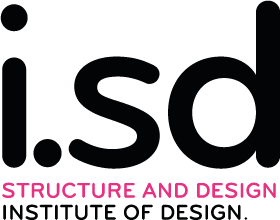Traditional design processes typically follow a linear, sequential progression, which can create rigid hierarchies and reduce flexibility. Changes made in early design stages often require significant revisions in later steps, limiting adaptability. This thesis addresses these challenges by introducing a more dynamic and iterative algorithm that integrates multiple design parameters simultaneously. The goal is to enhance flexibility, allowing for modifications at any stage of the design process without
disrupting overall coherence. The methodology employs a multiobjective design approach, dividing the design volume into a grid of points, each assigned a range of parameters. Through iterative analysis and negotiation, these parameters are evaluated and adjusted to meet specific usage requirements. The algorithm also enables the weighting of parameters based on relevance to different areas of the building, ensuring functional and spatial coherence across the structure. The case study focuses on a research building for the Faculty of Architecture at the University of Innsbruck, located on the north side of the Campus Technik. The site is pivotal to the campus’s future development, extending the architectural faculty’s facilities while aligning with the existing grid system.
Central to this approach is the transformation of the point cloud into a volumetric structure, where varying densities reflect the interplay between structural load-bearing components, spatial enclosures, and openings. This process allows for the manipulation of spatial qualities such as porosity and material efficiency, ensuring that the design remains adaptable and responsive throughout its lifecycle. This thesis offers a novel, flexible approach to architectural design that is highly adaptable to complex projects. It demonstrates how a data-driven, attractor-based method can lead to innovative, efficient, and responsive architectural solutions.

